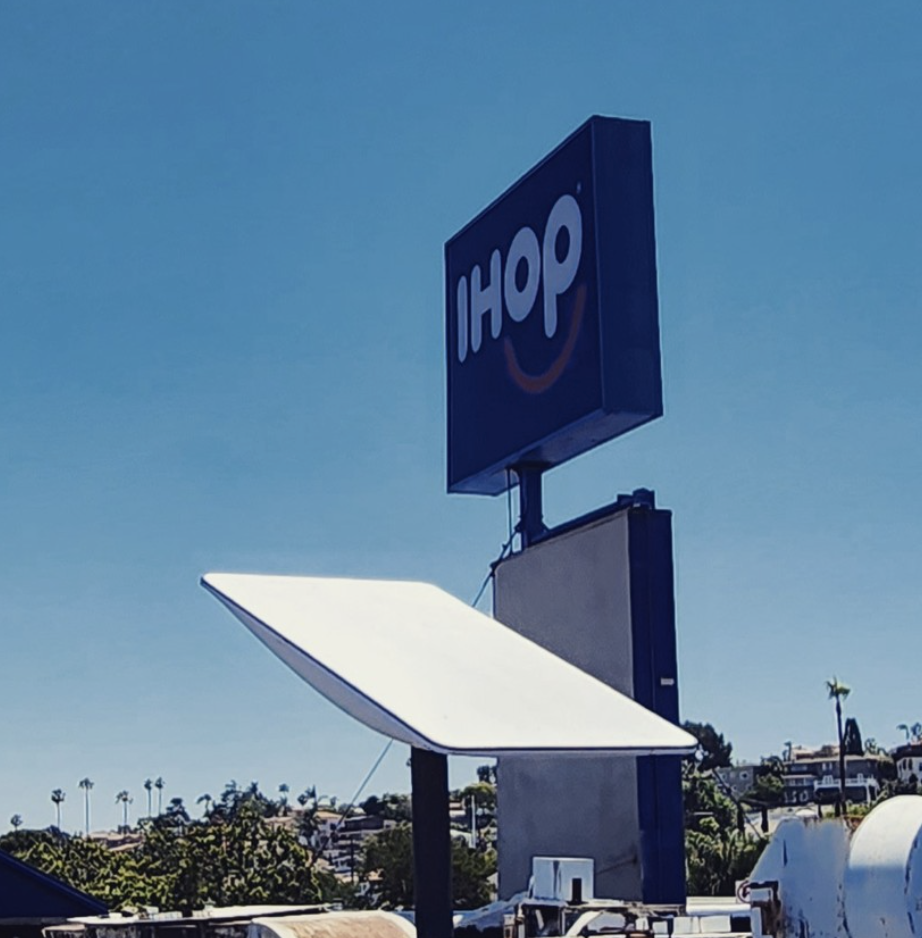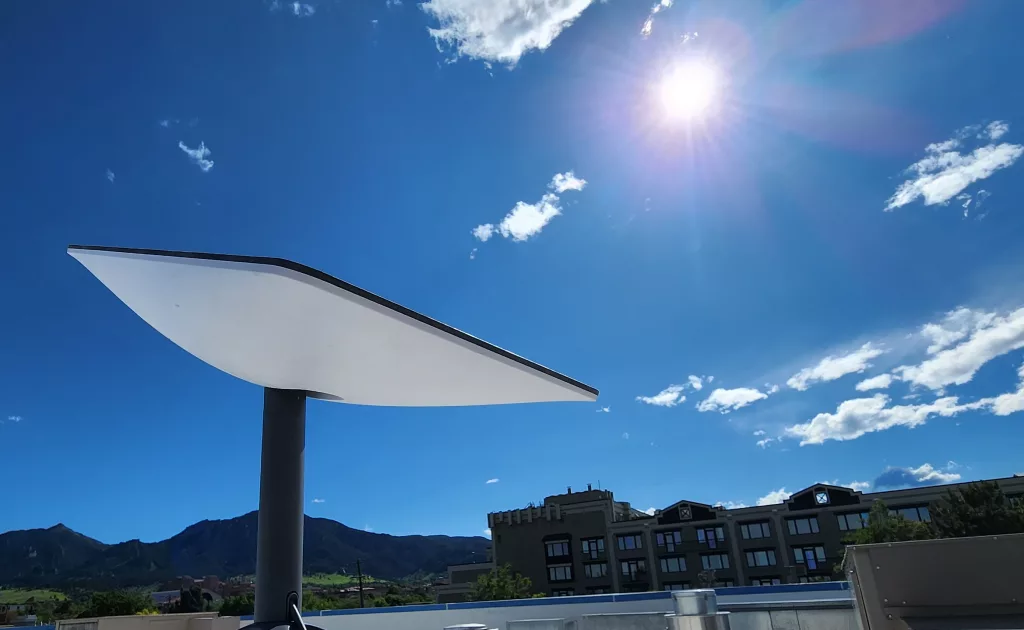Here at ClackTECH, we’ve designed and installed networks of all sizes for over two decades. Starting my career personally in Los Angeles came with many challenges in gaining more bandwidth for my clients without spending thousands of dollars installing and maintaining dedicated fiber connections. It wasn’t until around 2017 to 2018 that fiber became a widespread option in Los Angeles. As I’ve traveled throughout the US installing more networks, I’ve found bandwidth is still an issue, and not just in rural communities that have relied on satellite since its availability.
I have a wide variety of clients, all with different networks needs. The one thing in common we are seeing though, file sizes are getting larger, in-business phones are being forced into VOIP solutions as copper lines are retired by local providers, and remote work has become an everyday tool used by employees and business owners alike. As more and more services are becoming digital, their small to medium load on bandwidth is adding up. A single VOIP phone alone will not have a large impact on available bandwidth, but when you factor in over ten VOIP phones, remote employees, a business owner watching cameras remotely, and cloud applications, you’ve now pushed your bandwidth needs to the max,
Yes, I install Starlink in Los Angeles often.
You may think Los Angeles, as being the 5th largest economy on the planet, would have a communications infrastructure in which we call the local fiber provider for the Internet needs. This has been far from the case as many of the outlining areas, and industrialized areas do not have options aside from DSL. In some instances, a building (most commonly a restaurant) may sit inside a commercial lot, and was built with no conduit available to pull lines from a second provider, such as cable. If your fiber operator doesn’t service the area, and your cable provider doesn’t have a second conduit to install their lines, the only option becomes construction. We have received estimates from companies such as Spectrum and Cox up to $40,000 to install their lines from the nearest distribution point. If you’re operating a small business, this is cost-prohibitive.
This is when we explore alternative options such as cellular, WISP, satellite (such as Viasat and Hughes) and now Starlink. When it comes to these solutions, one major factor sets Starlink apart, capacity and latency. Cellular has been a popular option in urban areas; cellular towers are abundant, capacity is decent, and it’s extremely easy to deploy. WISP is not a common solution for individual homes and businesses, as urban areas have more buildings, which increases obstructions. Satellite works, it creates a stable connection, but traditional satellite’s largest drawback is latency. You can expect latency readings between 400ms and 500ms on average. In locations where cloud applications were the backbone of the business, this high latency has been leading to dropped connections, and lost data as cloud applications rely heavily on instant communication. With Starlink, we see an average latency of 40ms to 50ms. Do those numbers still sound high? Fiber averages 2ms to 5ms, and cable averages between 10ms and 25ms. When you look at those numbers, Starlink is pushing it pretty close to line rate latency.
Avoid High Construction Costs & Improve Capacity
Over the course of installing multiple Starlink systems across California, Nevada, Colorado, Texas, and Oklahoma, I’ve found it to have a much higher capacity than 5G and WISP. If you’re looking to provide WiFi to your guests, you can expect to support twice as many devices than 5G. If you’re using a standard WISP provider, you can expect to host 4x as many devices. This is all in part due to the design of the Starlink network. Using multiple satellite connections at once enables the dish to operate multiple streams of data, and not from a single point.
To the right, you can see one of our many IHOPs operating on Starlink, located in the mid-city area of Los Angeles. At this location, we’re experiencing an average speed of 135 MBps with 40ms latency.

Los Angeles

When Do We Choose 5G over Starlink?
There are some situations where Starlink may not be your best, nor most cost-efficient option. In 99% of circumstances involving only Internet of Things (IoT), we have found cellular to be the best option. This can include any hardware that is low-bandwidth, such as weather stations, single cameras, and mobile hardware. I chose Verizon 5G in our vans, as they don’t require a high-capacity connection on the go. The high performance Starlink hardware for vehicles costs over $2,500 after taxes, and we would never need that on our daily service vans.
One main advantage 5G has over Starlink is antennas are physically smaller, and can be deployed with simply inserting a SIM card to a compatible device. Already, many CCTV manufacturers we work with are releasing cameras with built-in 5G antennas, allowing us to install a camera on a street light post, or on a vehicle. In this case, we only need a power source in order to connect it to the Internet. Therefore, these cases are included in the list where we would not recommend Starlink as the main source. If you operate interstate logistics, this is a benefit as cellular operates nationwide at no additional fee, and you are not buying additional hardware to provide connectivity to on-board devices.
If you’re thinking about it, call James!
I’m given you multiple scenarios in which Starlink is the best, and others where 5G is the best. Each situation is different, and I offer free consultations by phone in order to help you choose the best option for your home or business. I can say with confidence though, if you live in a rural community, and you’re only options are 5G, WISP, or satellite, get your Starlink ordered. We are consistently seeing improved speeds for our customers nationwide. If you’re still unsure what to do, just call me 469-708-0017. Happy streaming!
Side/Final Notes: Dedicated WISP connections, using licensed bands, or direct guaranteed connections are not included with my opinions and finding stated above. Dedicated and licensed band PtP connections are typically used in high-availability environments, and are specifically planned out by WISP operators to guarantee certain speeds are in a different category of communications not normally used by general households and small businesses.